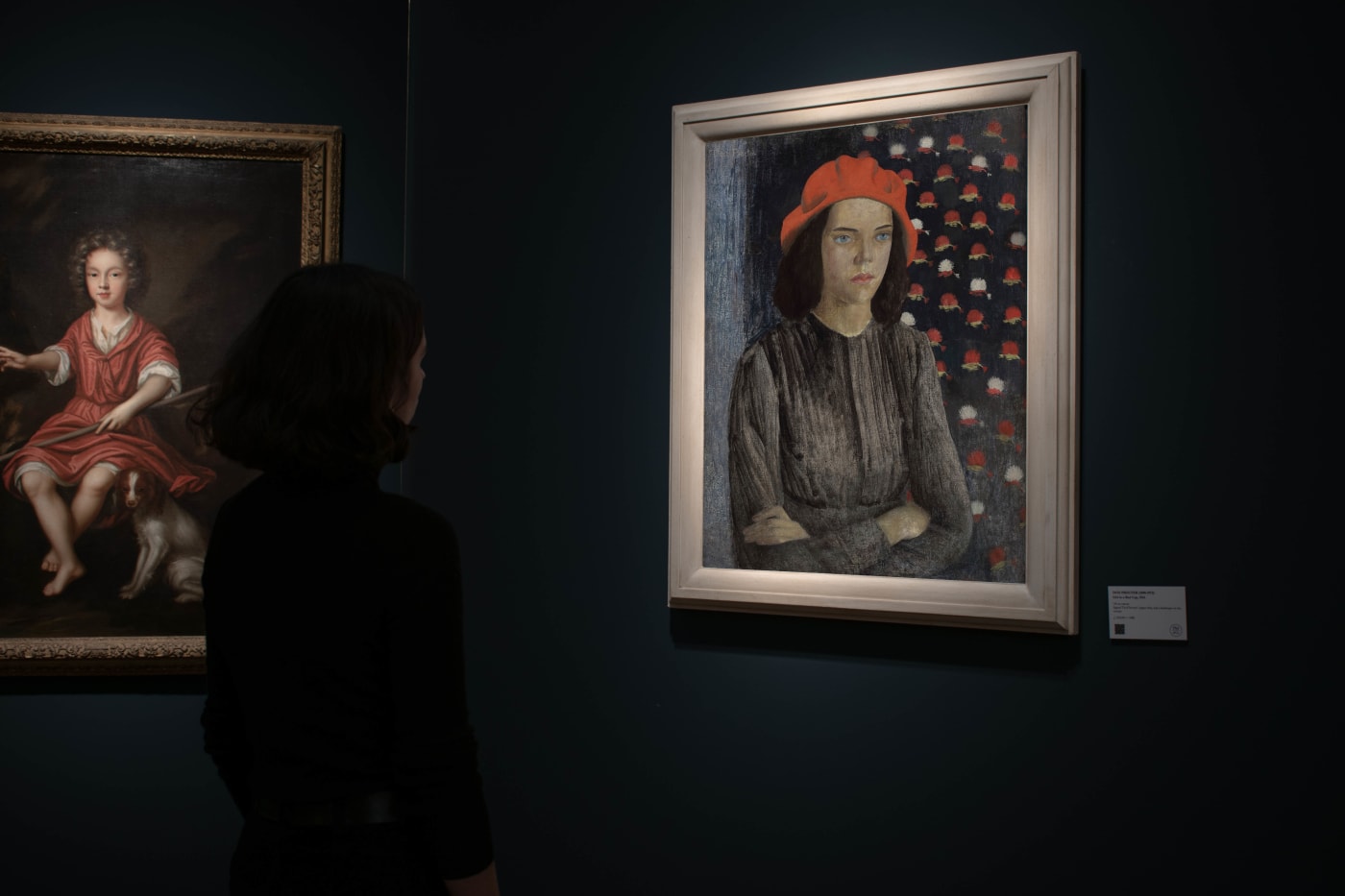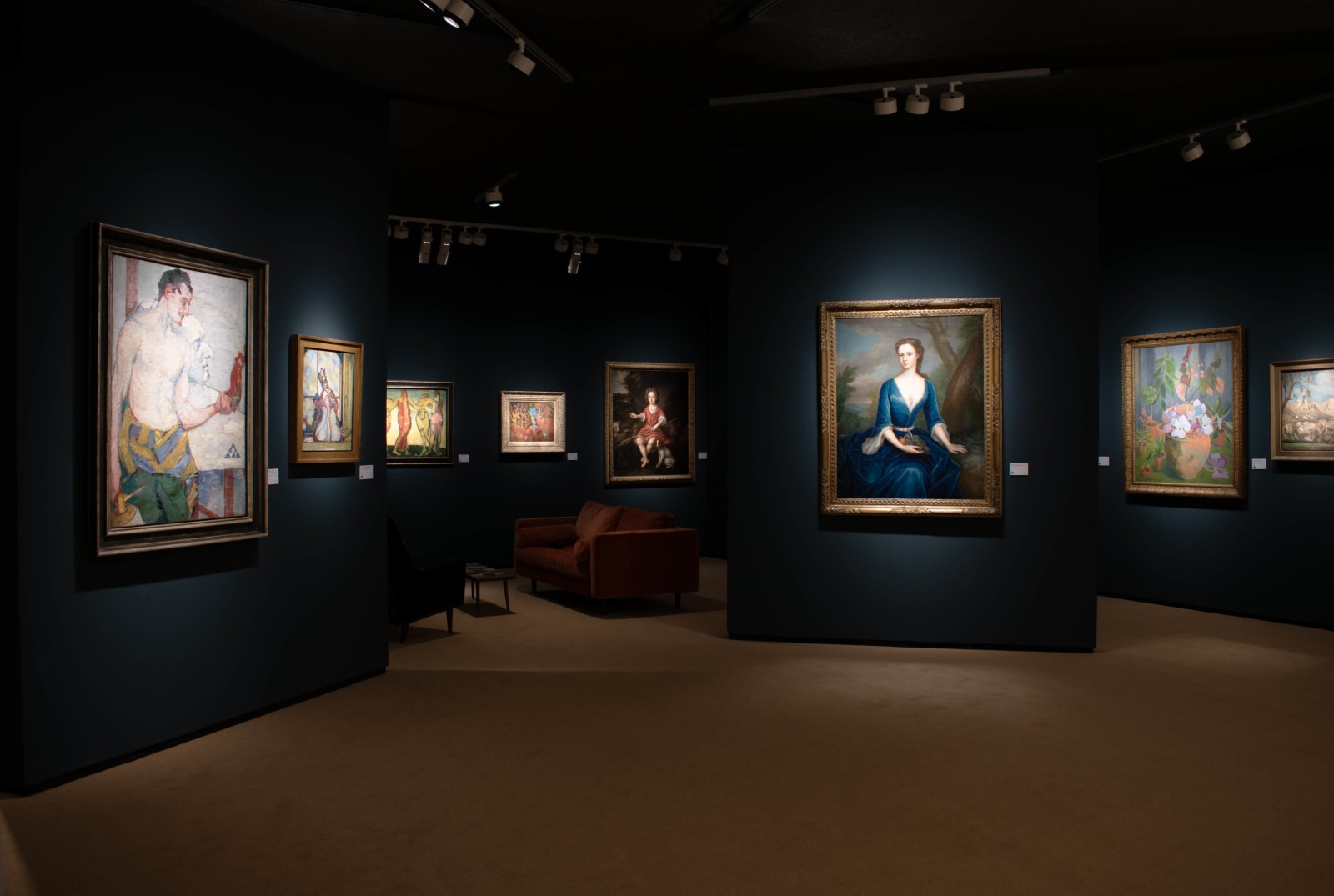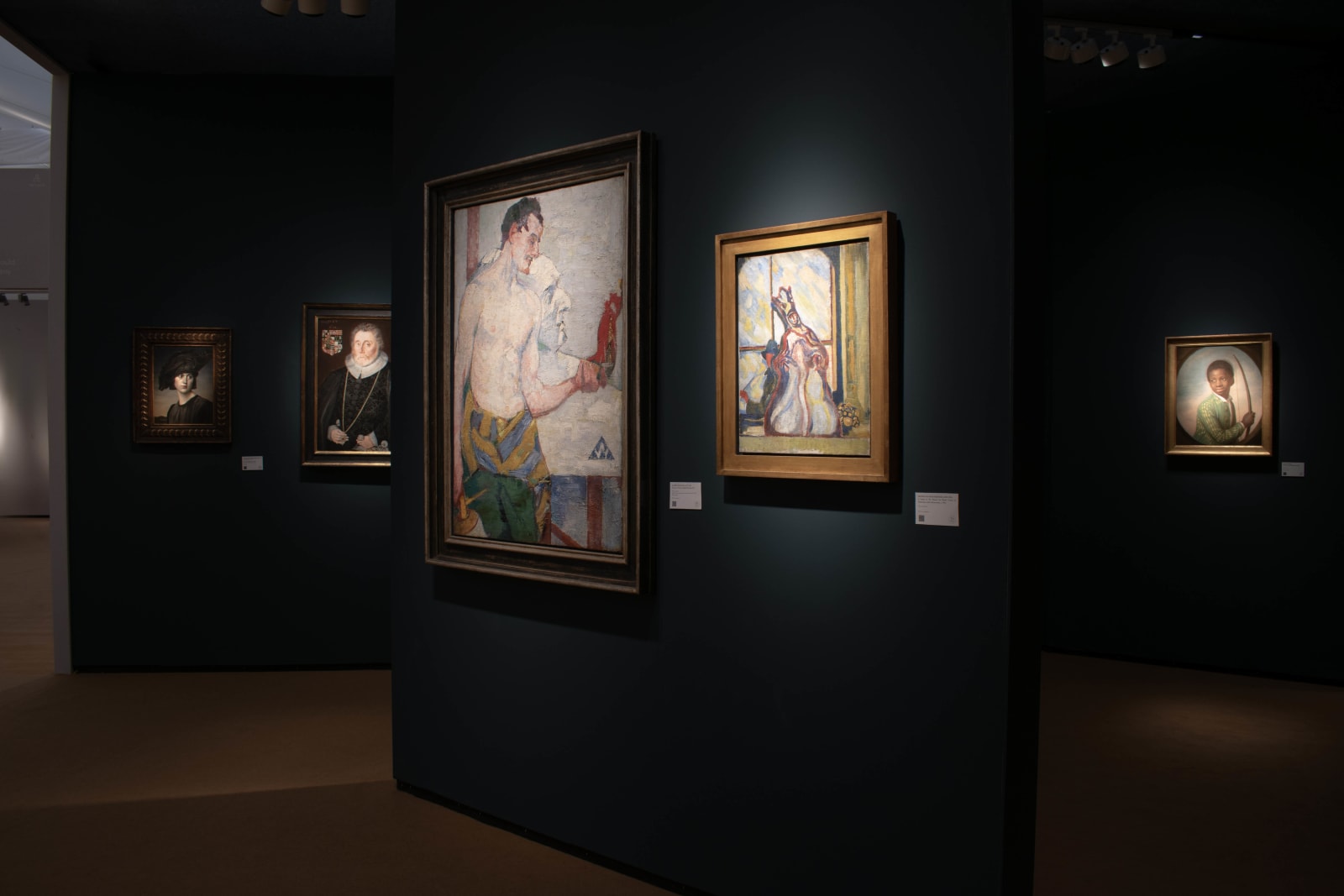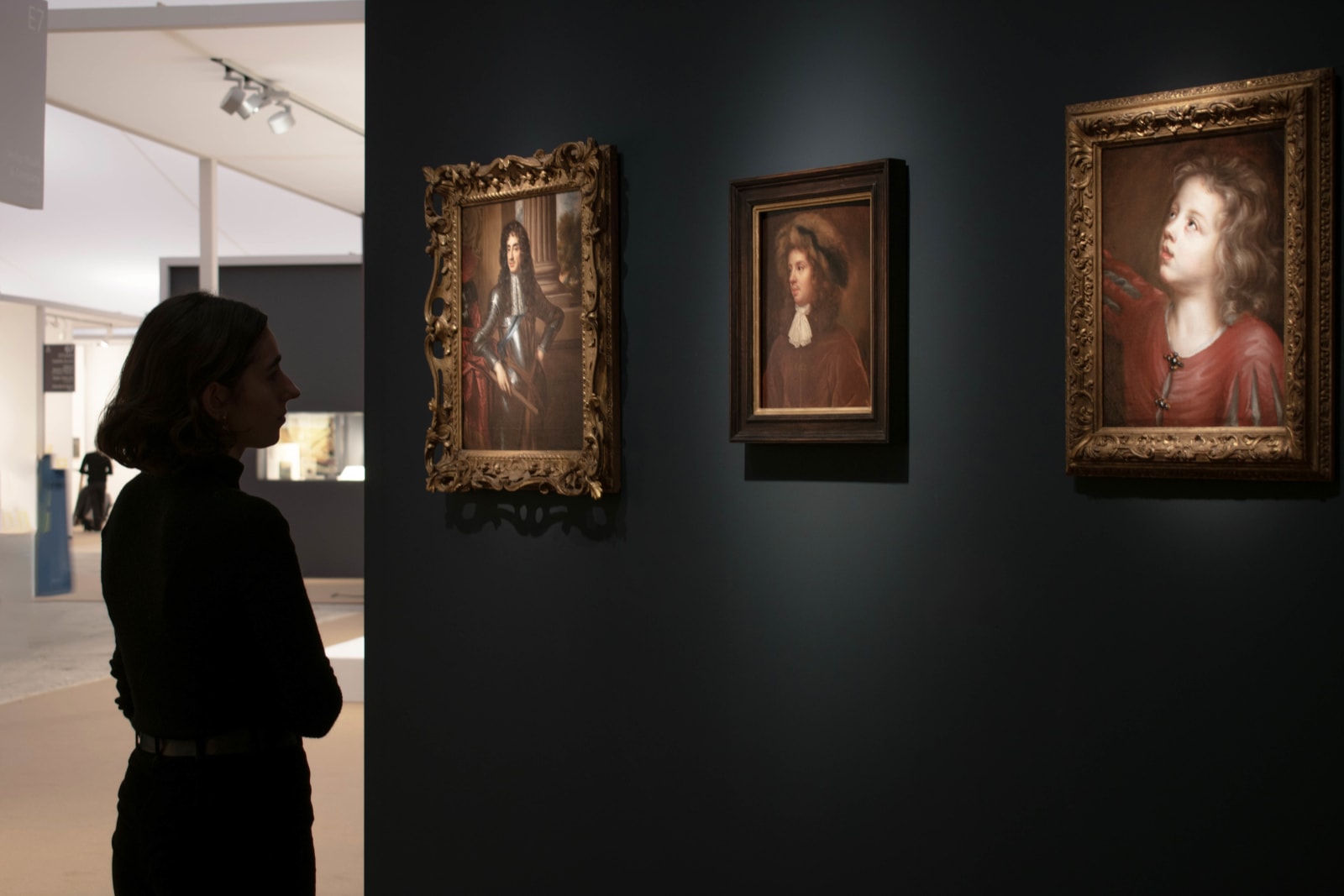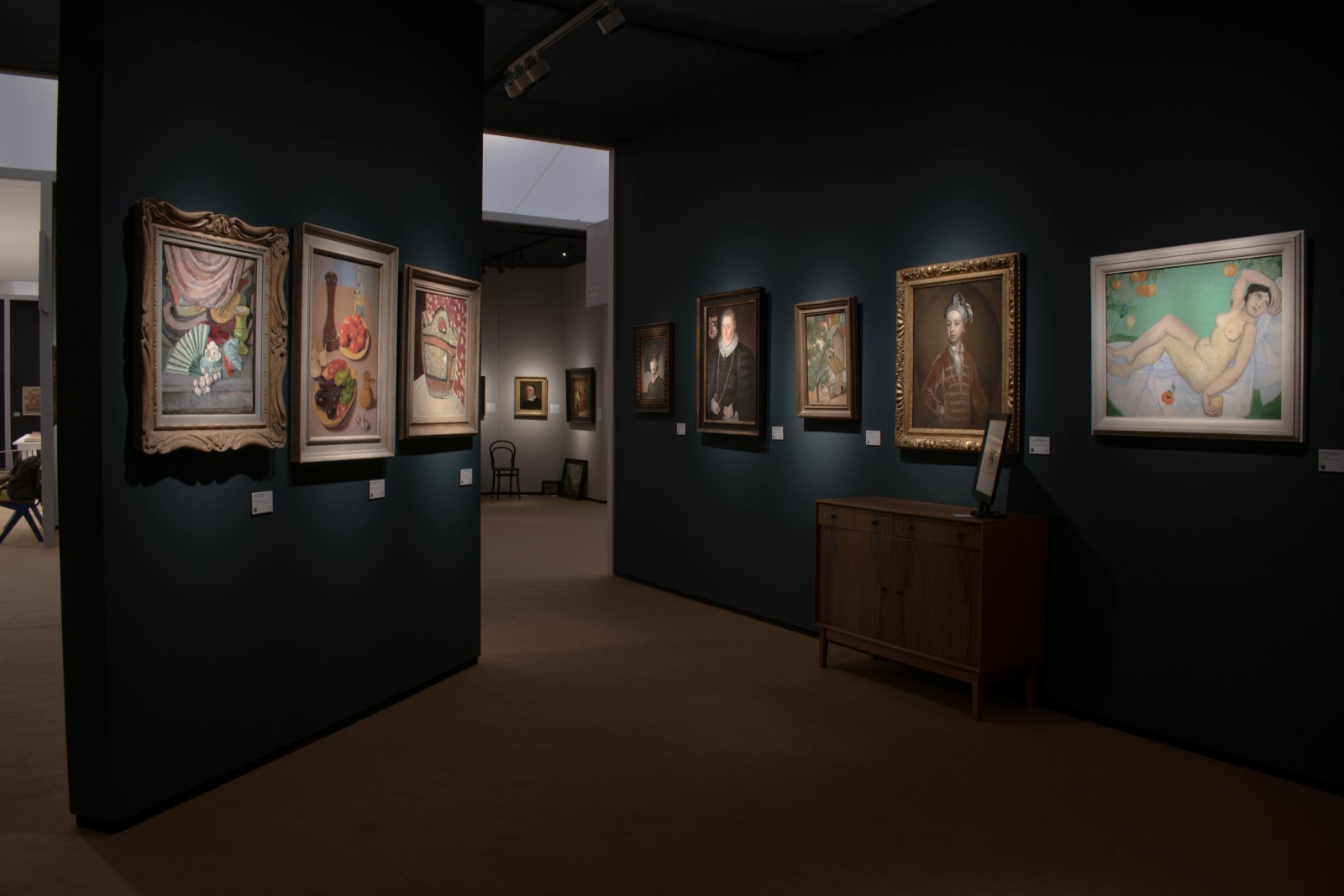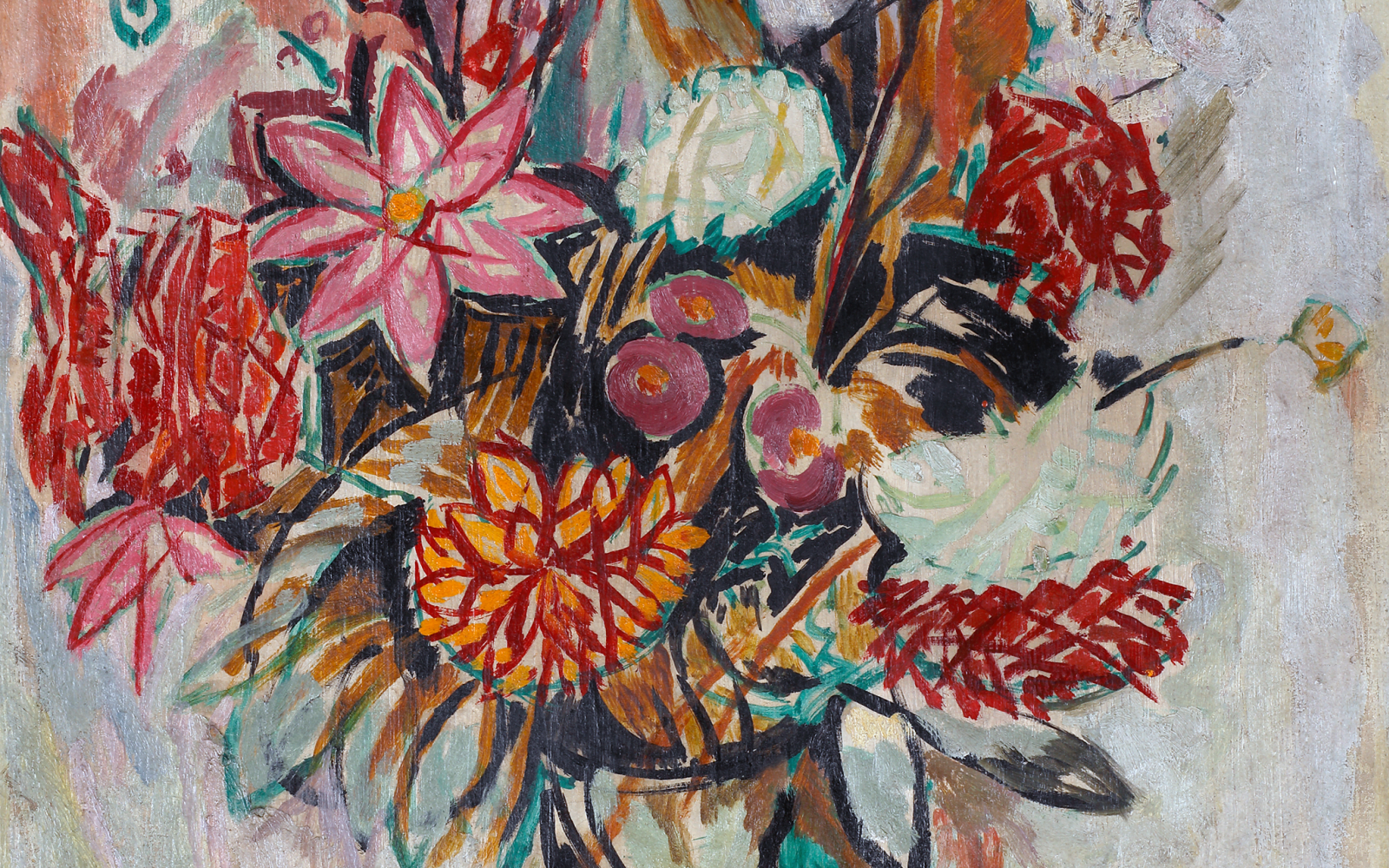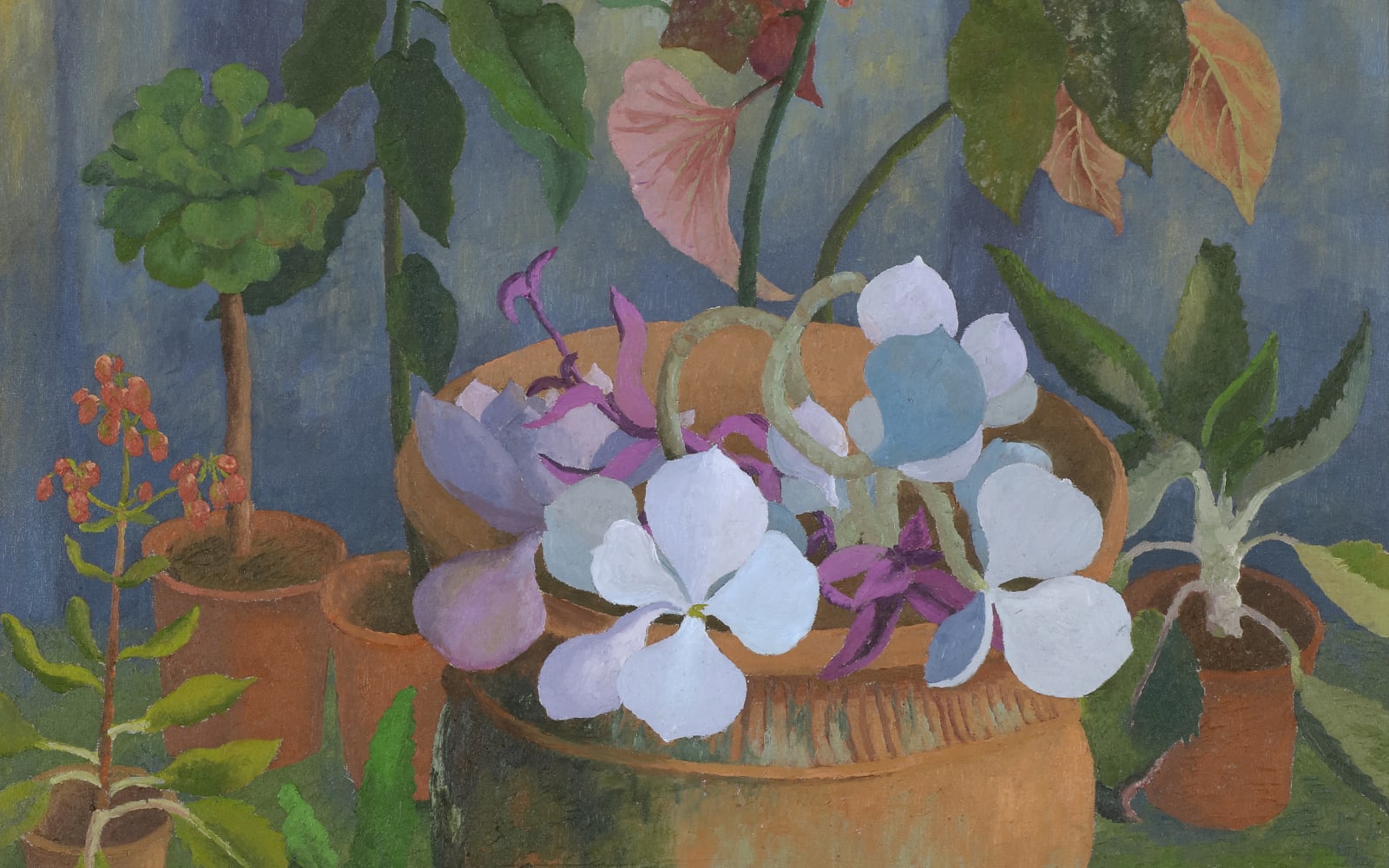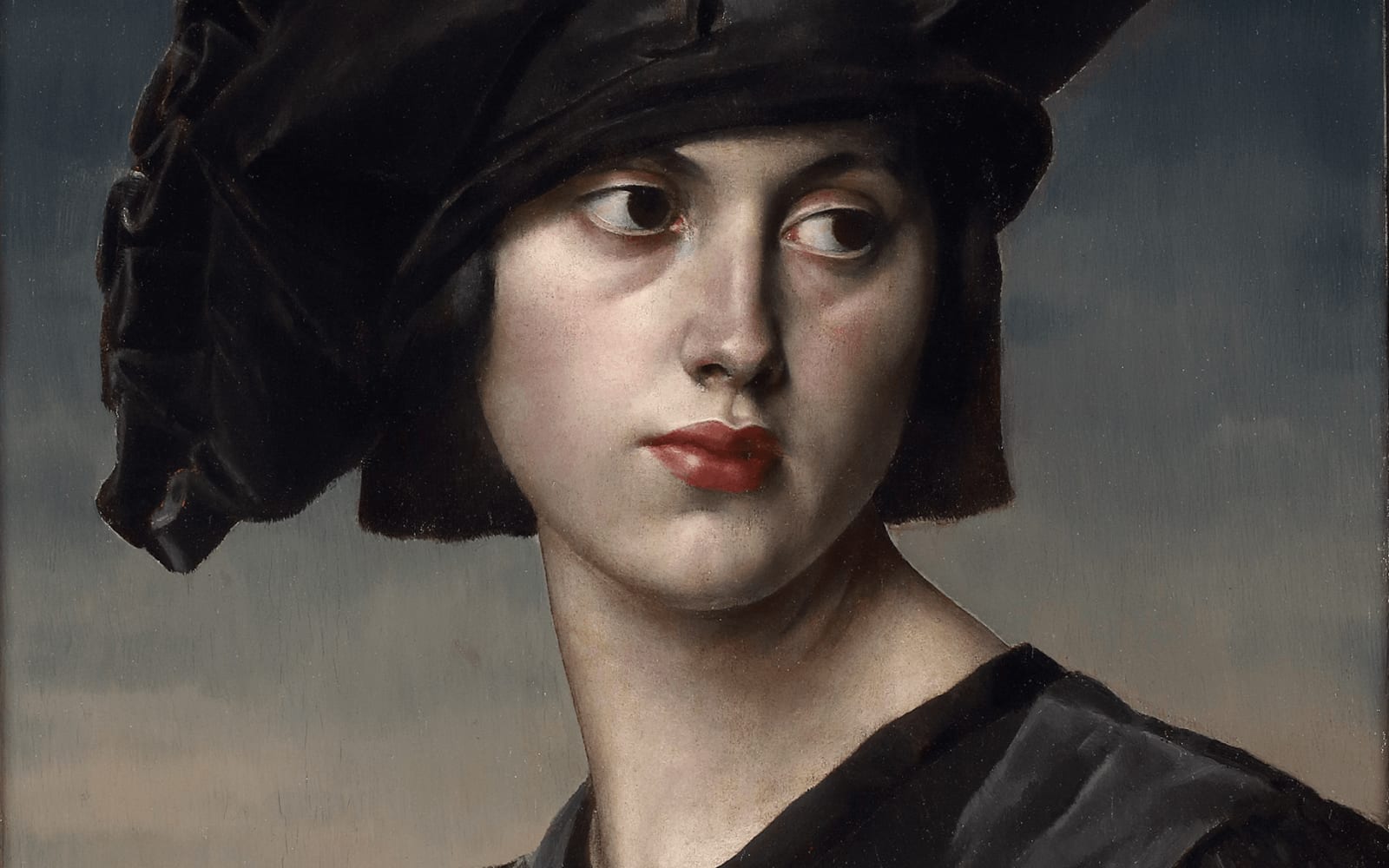The Philip Mould Gallery's Frieze Masters booth among Artsy's favourites. Read the full story below.
This is only Philip Mould & Company’s second appearance at Frieze Masters, but the works on view showcase a gallery that is a natural fit with the fair’s Old Master and 20th-century sensibilities. With a program that extends over the last 500 years of British art, the gallery brings a dual focus to its booth, owner Philip Mould explained.
“There are two areas that we constantly find create the most interest, and those are works done a long time ago, in the 1560s and ’70s, and works in the early part of the 20th century, when modernism is beginning to suffuse its way through the language of art,” he said.
The works on view offer several fine examples of both junctures. Duncan Grant’s Dancers (1912) is an early example of British modernism that blends cubist elements with impressionistic dapples of color. Roger Fry’s Autumn Landscape, South of France (1920) offers a similar perspective, encapsulating the profound influence of Paul Cézanne on the Bloomsbury school of British artists.
Winding the years back further, a portrait from the 1710s of the Duchess of Chandos by Maria Verelst—among the most celebrated women artists of the 18th century—is a demonstration of timeless elegance. Mary Beale’s early 1660s portrait of her son Bartholomew, meanwhile, is a touching painting by one of Britain’s first women artists that will come as a discovery to many visitors.
Taken as a whole, the gallery’s booth represents much of what Frieze Masters is premised on: looking at the past afresh while learning a thing or two about art history along the way. “The thought is that it’s a good fair and that our area of specialization mercifully finds a place here,” Mould said. Prices for works at the booth range from £30,000–£600,000 ($35,844–$71,688).
—Arun Kakar.
